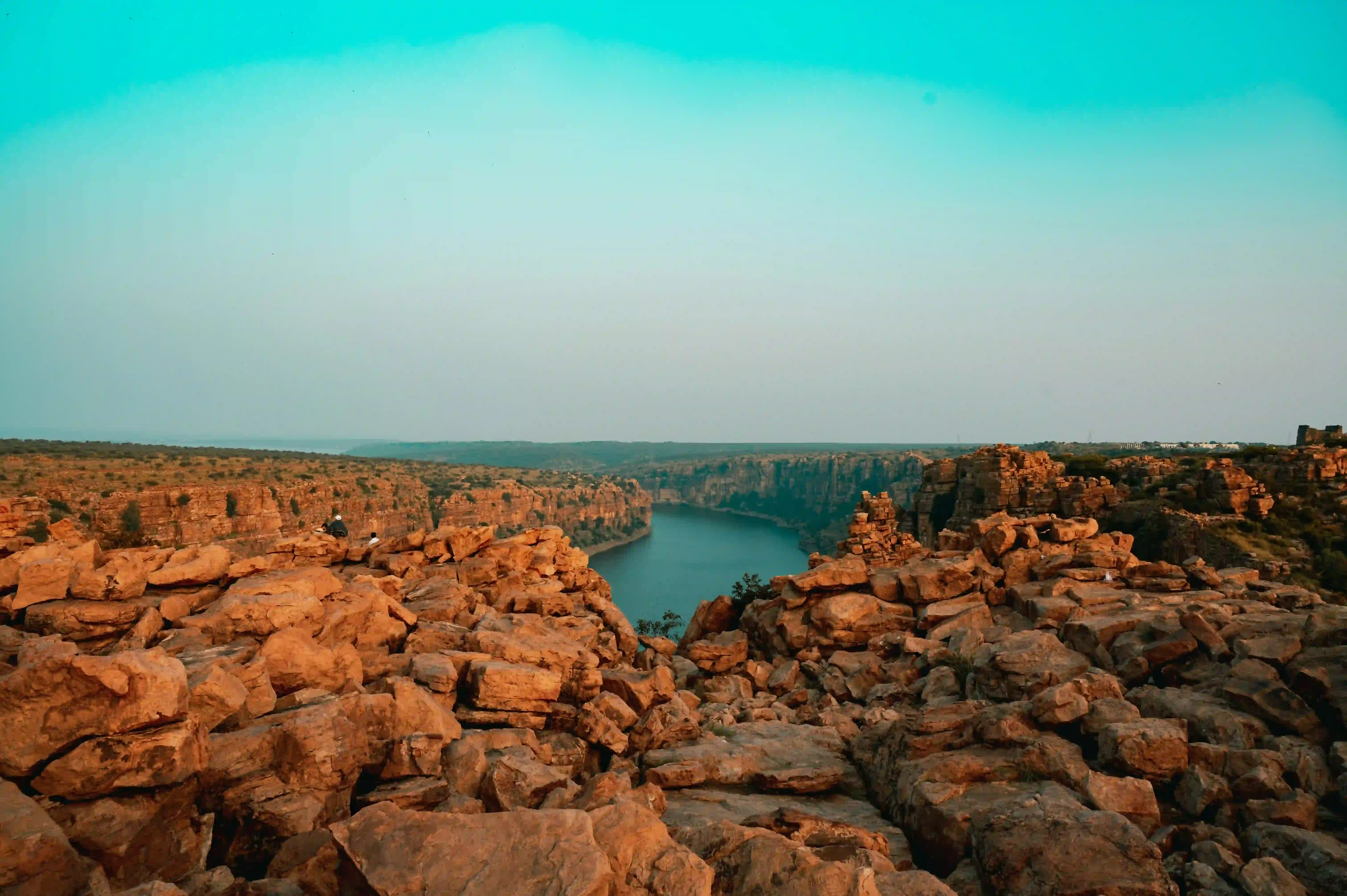The Sundarbans National Park stands as a remarkable testament to nature's resilience and complexity, where land and water interweave to create one of the world's most unique ecosystems. This UNESCO World Heritage Site, situated in West Bengal's South 24 Parganas district, represents the largest contiguous mangrove forest on Earth, spanning across both India and Bangladesh. The park's very name originates from the Sundari trees (Heritiera fomes) that dominate its landscape, creating an intricate maze of waterways and forest that has shaped human history and wildlife conservation for centuries.
The history of human interaction with the Sundarbans traces back to ancient times, with archaeological evidence suggesting human settlements as early as the Mauryan period (4th-2nd century BCE). Through the centuries, this dynamic landscape has witnessed the rise and fall of numerous empires, from the Mauryas and Guptas to the Mughals. The region's administrative history took a significant turn when the British East India Company acquired proprietary rights from Emperor Alamgir II in 1757, marking the beginning of systematic documentation and management of the area.
The British period brought significant changes to the Sundarbans landscape. The first Persian mapping of the region in 1764 by the Surveyor General marked the beginning of scientific documentation. The British administration, recognizing the economic potential of the fertile deltaic soil, initiated large-scale land reclamation projects. This process involved complex engineering challenges, with Bengali zamindars constructing embankments to keep out saltwater and clearing forests for cultivation. These early efforts laid the foundation for modern settlement patterns and agricultural practices in the region.
Conservation efforts in the Sundarbans gained momentum in the late 19th century when large portions of the mangrove forests were designated as reserved forests under the Indian Forest Act of 1865. The establishment of the first Forest Management Division in 1869 and the implementation of the first management plan (1893-1898) marked the beginning of systematic conservation efforts. The establishment of the Sundarbans National Park in 1984 and its subsequent recognition as a UNESCO World Heritage Site in 1987 further cemented its status as a crucial biodiversity hotspot.
The Sundarbans ecosystem presents a fascinating study in adaptation and survival. The mangrove forests serve as natural barriers against cyclones and storm surges, protecting inland areas from natural disasters. The complex root systems of the mangroves not only stabilize the coastline but also create perfect nurseries for various marine species. The park hosts an extraordinary diversity of life, including the famous Royal Bengal Tiger, which has adapted uniquely to life in this aquatic environment, becoming excellent swimmers and developing distinctive hunting strategies in the muddy terrain.
The cultural landscape of the Sundarbans is as rich as its natural heritage. Local communities have developed unique traditions and practices adapted to this challenging environment. The worship of Bonbibi, the forest goddess, represents a remarkable example of human-nature relationships, where spiritual beliefs intersect with conservation ethics. Before venturing into the forest for honey collection or fishing, locals seek her blessings, maintaining a delicate balance between resource utilization and respect for nature.
Today, the Sundarbans faces numerous challenges, primarily from climate change and human pressure. Rising sea levels threaten to submerge significant portions of the mangrove forest, while increasing salinity affects the delicate ecological balance. Conservation efforts focus on protecting the diverse flora and fauna while supporting sustainable livelihoods for local communities. The park has become a living laboratory for studying climate change adaptation and resilience, with various research projects monitoring environmental changes and their impacts on biodiversity.
The Sundarbans continues to captivate visitors with its mysterious beauty and rich biodiversity. Boat safaris through the intricate network of waterways offer glimpses of diverse wildlife, from estuarine crocodiles to various species of birds and fish. The park's interpretation centers provide valuable insights into the ecosystem's complexity and the ongoing conservation efforts. As global attention focuses increasingly on climate change and biodiversity conservation, the Sundarbans National Park stands as a crucial reminder of the need to preserve our natural heritage for future generations.









